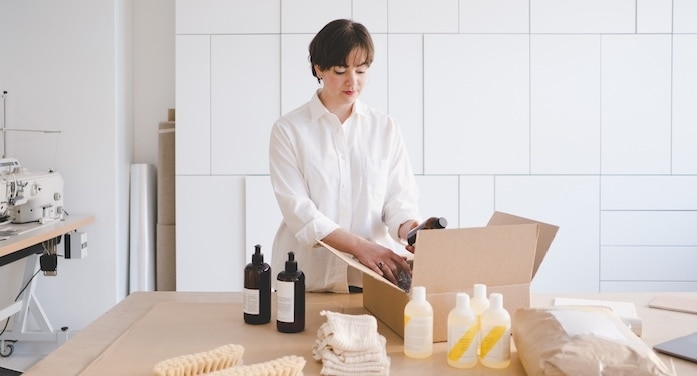Here’s a deceptively simple question: What makes a customer buy?
First and foremost, there’s cost—price versus value. Second, there’s convenience. How easy is it to find and purchase? Third, social proof—both in the form of personal recommendations as well as positive and negative online reviews.
But, there’s another reason that’s top of mind. One your business may not be leveraging: environmental impact. Research shows that 73% of U.S. consumers think it’s important to buy from companies that are socially or environmentally responsible.
This means being eco-friendly has to become a point of emphasis for small business owners. To do that, let’s the what, why, and how of a practice called sustainable design.










